Brooklyn Rider’s Johnny Gandelsman and Michael Nicolas reflect on the ensemble’s long relationship with Philip Glass’s music for string quartet, which they will perform complete in a three-night marathon
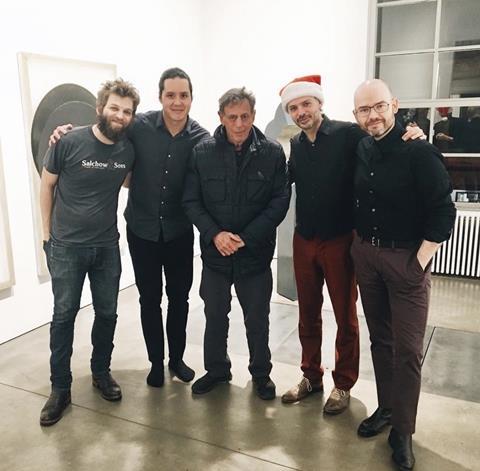
Discover more Featured Stories like this in The Strad Playing Hub
This season marks the 20th anniversary of Brooklyn Rider, the adventurous New York City-based string quartet known for its thought-provoking programming, cross-disciplinary collaborations and deep commitment to contemporary music.
The group – violinists Johnny Gandelsman and Colin Jacobsen, violist Nicholas Cords and cellist Michael Nicolas – has been celebrating the milestone with a range of ambitious projects. Among them are a forthcoming album titled The Four Elements; a major commissioning initiative to mark the 250th anniversary of the Declaration of Independence and explore questions of citizenship and democracy in the 21st century with works by Don Byron, Ted Hearne and Angélica Negrón; and a special collaboration with their longtime mentor Yo-Yo Ma at Tanglewood this August.
One of the most personal and substantial highlights of their anniversary season is a three-night marathon devoted to the string quartet music of Philip Glass. The marathon takes place 21–23 May at the Met Cloisters in Upper Manhattan.
Glass’s music has been part of Brooklyn Rider’s DNA since they began: their very first programme included String Quartet No. 3 (’Mishima’), and over the years they have developed a longstanding relationship with the composer. BR’s discography now includes three albums of Glass’s chamber music, covering eight of the nine numbered quartets, the Suite from Bent, the Piano Quintet and their own adaptation of his Saxophone Quartet.
Brooklyn Rider performed the complete string quartets once before, in an intimate setting at Yale University’s Schwarzman Center last October, but the upcoming Met Cloisters concerts mark the first time the full cycle will be heard in New York City.
Ahead of the event, violinist Johnny Gandelsman and cellist Michael Nicolas – who joined BR in 2016 – spoke with US correspondent Thomas May about their evolving relationship with Glass’s music, the physical and emotional challenges of presenting it as a cycle and what they’ve learnt from working with the composer himself.
How did Brooklyn Rider’s long-standing relationship with Philip Glass begin?
Johnny Gandelsman: It’s intentional that we’re celebrating our 20th anniversary with Philip’s music, because we’ve loved it from the beginning. Our very first programme as a string quartet included his String Quartet No. 3 (’Mishima’), which is my favourite. It’s been with us all these years – we keep coming back to it.
That first concert was attended by Richard Guérin, who represents the recording side of Philip’s work through his label Orange Mountain Music. He asked if we’d like to record all of the quartets – at that time, the five numbered quartets and the Suite from Bent. That’s how the relationship began. We made the recording and have since learnt everything he’s written for quartet.
Michael Nicolas: We also had the chance to work on some of the more recent quartets directly with Philip. We went to his apartment in the East Village and really dug into Quartet No. 8, written in 2017–18 or so. We’d just recorded Nos. 6 and 7 and the Saxophone Quartet arrangement, and he came to that concert as well – it was held at the Paula Cooper Gallery. Then we returned to his place again to go deeper into No. 8. It was fascinating to work with a living composer.
You expect the score to be fixed – the be-all and end-all, like a sacred text. But when Philip listened without the score in front of him, he came up with all kinds of ideas that weren’t in the printed music. Tempos, articulations, dynamics, flow – it all evolved. Seeing that process happen in real time was extraordinary.
Glass has a long history of working closely with particular ensembles. When you approach one of his quartets, do you begin with a clean slate, or is there a performance tradition you feel you need to acknowledge?
Johnny Gandelsman: I think there is a performance tradition, but we don’t necessarily follow it. From the beginning, we’ve approached Philip’s music the same way we approach a Mozart or Haydn quartet – with an emphasis on resonance, clarity of texture, and balance. Because we’ve been playing his music since our inception, our own quartet style has grown in part out of what his music demands: that intense attention to rhythmic layering, to emotional directness and to sonority.
We often compare his textures to Schubert – how melody and harmony are inseparable from texture, and how emotional impact emerges from structural clarity. Philip doesn’t write many interpretive instructions, but the content is so full of feeling that it hits you immediately.
Michael Nicolas: His language is very elemental. It strips away excess and focuses on physical, visceral reactions to sound. He’s deeply involved with resonance, with how harmonies shift and reverberate. It’s about momentum – moving from one sound space to another – and trusting the elemental building blocks of music that are more philosophical.
We approach Philip’s music the same way we approach a Mozart or Haydn quartet – with an emphasis on resonance, clarity of texture, and balance
Do you see stylistic milestones or turning points in these works?
Johnny Gandelsman: Even when the vocabulary stays recognisable, each quartet creates its own emotional world – especially when you experience them next to each other, as in a marathon setting.
Michael Nicolas: Yes, each quartet builds a self-contained universe from a single germ – one small idea that unfolds into something vast. Each piece begins with a different seed, and each grows in its own way.
Johnny Gandelsman: Some of the quartets come from film scores – Mishima, Bent, Dracula. Philip has this incredible ability to capture mood and feeling and propel it forward. When we play Dracula, the storytelling is just pouring off the page. It reminds me of a Strauss tone poem – so much character right there, but using simple means. That’s the magic of what Philip does.
These pieces often reference outside sources – Samuel Beckett, Yukio Mishima, classic film – but it’s not programme music in the Romantic sense, is it?
Johnny Gandelsman: No, but it does demand a sense of storytelling from the performers. Without that, it can fall flat. But it’s right there in the music if you’re open to it. That’s why audiences connect to it so strongly: the emotion is direct, but the form is open enough for each listener to bring their own experience into it.
Why do you think Glass’s music resonates so deeply with such a wide public?
Johnny Gandelsman: It’s that openness that allows people to be carried away by the storytelling aspect. But then it’s also open enough that the listener can put themselves in that space. Take his incidental music for King Lear (Quartet No. 9), which is the freshest piece in our current cycle – the material is instrumental but drawn from songs written for the stage. It’s much less romantic that than one would expect.
Michael Nicolas: That piece is more fragmentary than some of the earlier quartets, because it was composed to support scene transitions. It’s built from short numbers rather than being fully through-composed. In that sense, it actually echoes Quartet No. 1, which is very cellular in construction – small, repeating ideas that build momentum in unexpected ways.
The Dracula Suite is another great example. The original film score has about 30 cues, and only a few made it into the suite. There are probably dozens of versions you could create from that material, depending on what story you want to tell.
What’s the experience of playing these works like – especially as a marathon? Any special endurance prep?
Michael Nicolas: For the cello, Quartet No. 8 has a lot of arpeggios, and my hand tends to tighten up. So I’ve trained myself to think about staying loose – that’s my personal trick. If I’m not careful, tension builds and it affects the sound and stamina.
Johnny Gandelsman: There’s a lot of oscillation in the music, and I like to play those figures across two strings rather than on one – it gives a clarity of texture that’s hard to get otherwise. It’s also less taxing on the left hand. That’s something I’ve developed out of necessity, but it’s become part of how we shape the overall texture as a group.
Is there a particular logic to the order in which you’re presenting the cycle?
Michael Nicolas: We’ve grouped them by type. The first concert features the recent works – Quartets 6 through 9. The final programme focuses on the film, stage and occasional music – ’Company’, ’Mishima’, ’Dracula’, ’Bent’. And the central programme is what we call Temples of Resonance, which is how we often present Glass’s music in other cities in a stand-alone programme. That includes Quartets 1, 4 and 5 and our arrangement of the Saxophone Quartet. This is what Philip Glass’s music represents for us: this semi-holy place where we go and put our sounds together.
What do you hope audiences will take away from hearing the entire cycle?
Johnny Gandelsman: It’s really a journey that we’re all going on together. When we performed the full cycle for the first time in October, we didn’t know what to expect. But it ended up feeling like we were travelling with the audience, whether they just came to one concert or the whole thing. The music itself is captivating and deeply emotional, and it has a way of carrying the audience along with it. That’s the experience we hope to share.
Brooklyn Rider performs the complete string quartets of Philip Glass from 21 to 23 May at the Met Cloisters in Manhattan.
Read: Brooklyn Rider: Healing Modes
Read: Violinist Johnny Gandelsman awarded $800,000 MacArthur Fellowship
Read: Johnny Gandelsman: This Is America
Discover more Featured Stories like this in The Strad Playing Hub
The number one source for playing and teaching books, guides, CDs, calendars and back issues of the magazine.
In The Best of Technique you’ll discover the top playing tips of the world’s leading string players and teachers. It’s packed full of exercises for students, plus examples from the standard repertoire to show you how to integrate the technique into your playing.
The Strad’s Masterclass series brings together the finest string players with some of the greatest string works ever written. Always one of our most popular sections, Masterclass has been an invaluable aid to aspiring soloists, chamber musicians and string teachers since the 1990s.
The Canada Council of the Arts’ Musical Instrument Bank is 40 years old in 2025. This year’s calendar celebrates some its treasures, including four instruments by Antonio Stradivari and priceless works by Montagnana, Gagliano, Pressenda and David Tecchler.

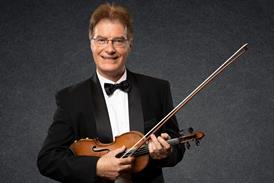
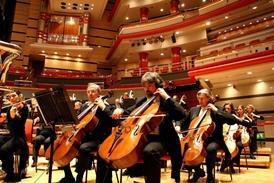
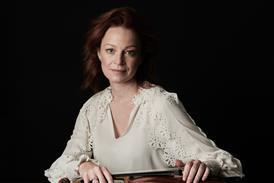
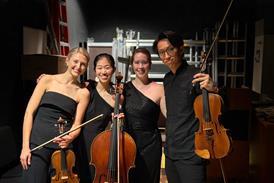
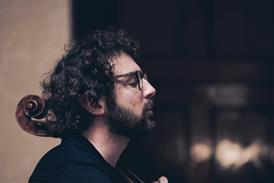
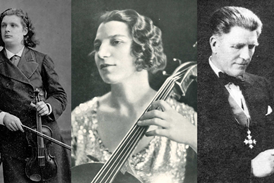
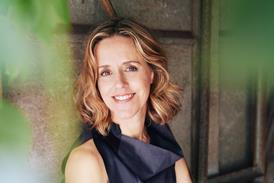

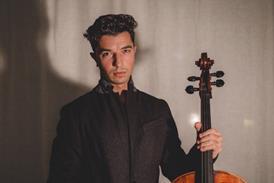
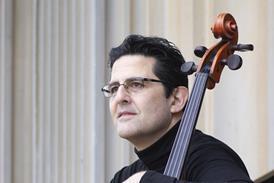
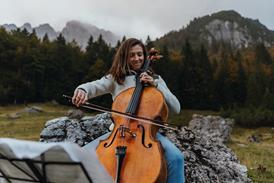
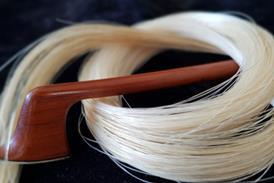
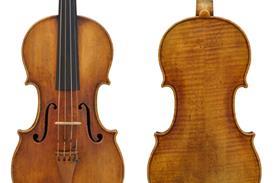
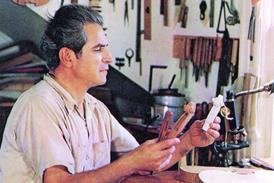
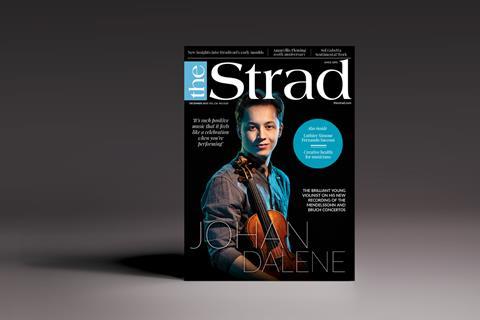
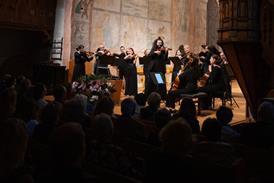

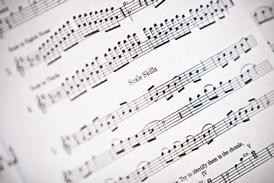
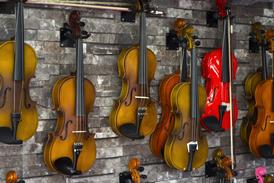

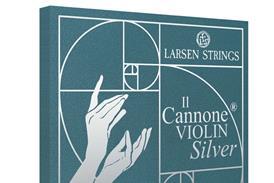

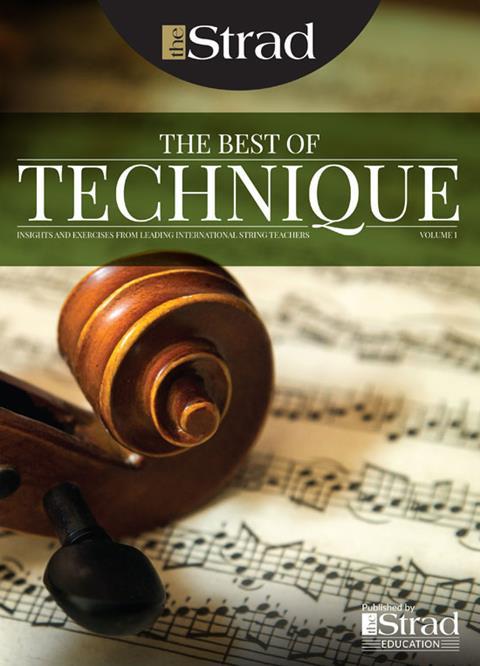
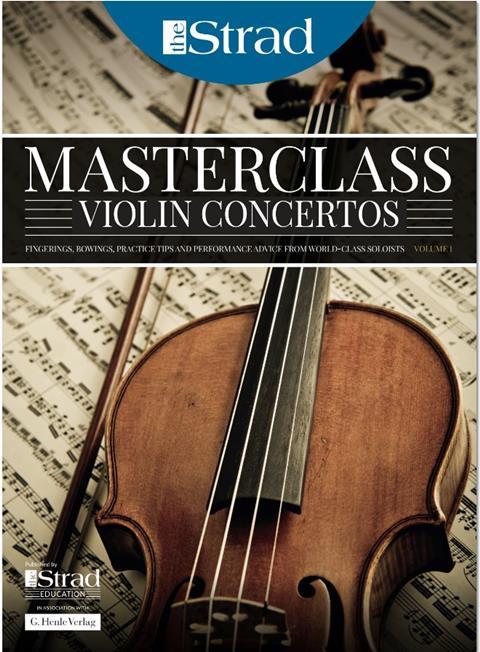
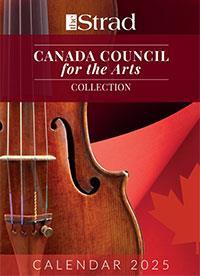
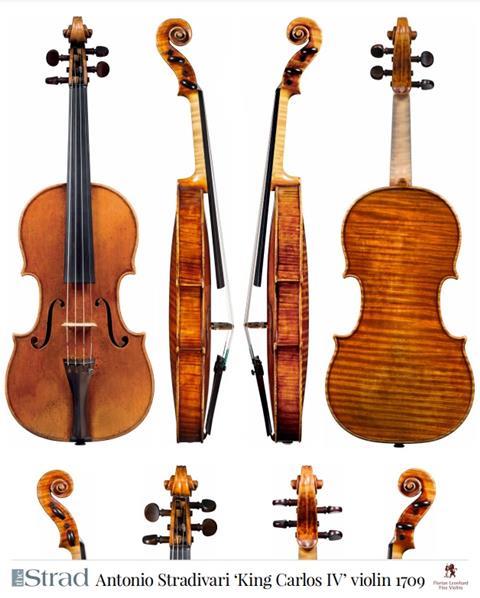
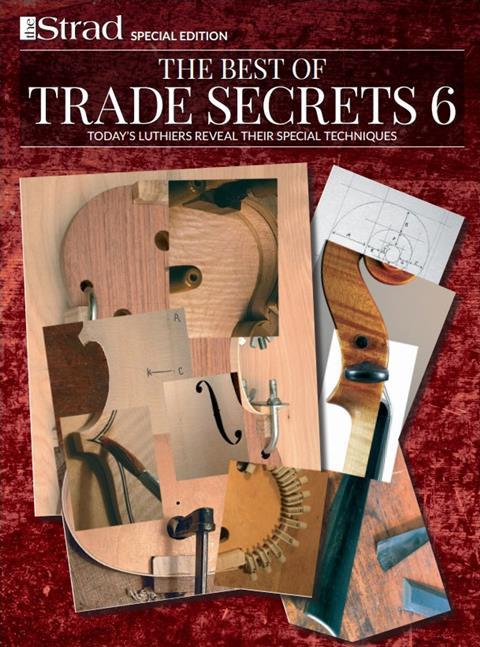
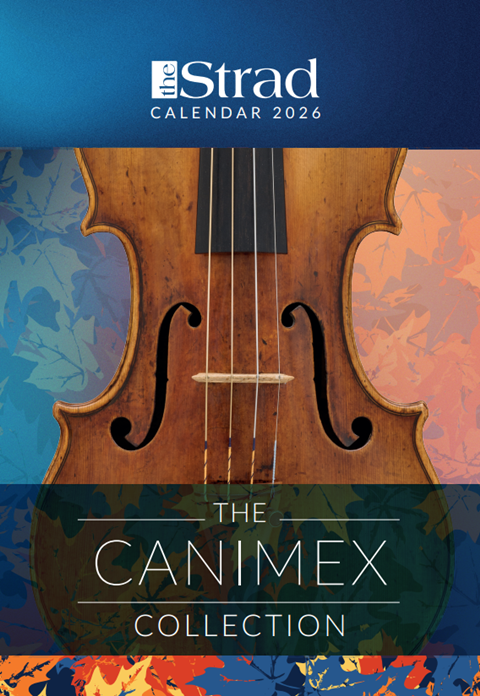
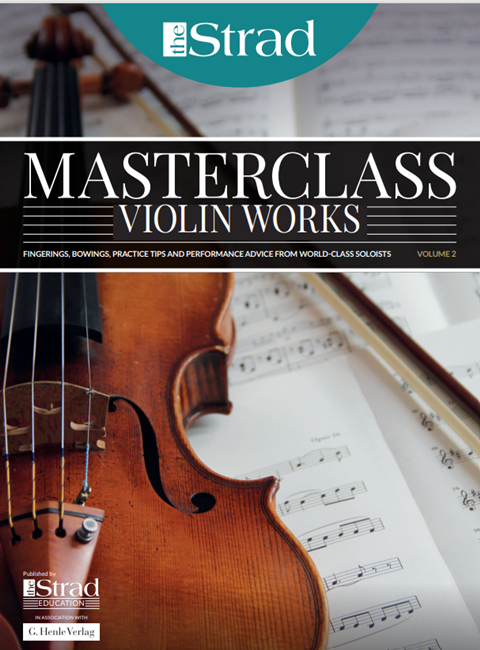
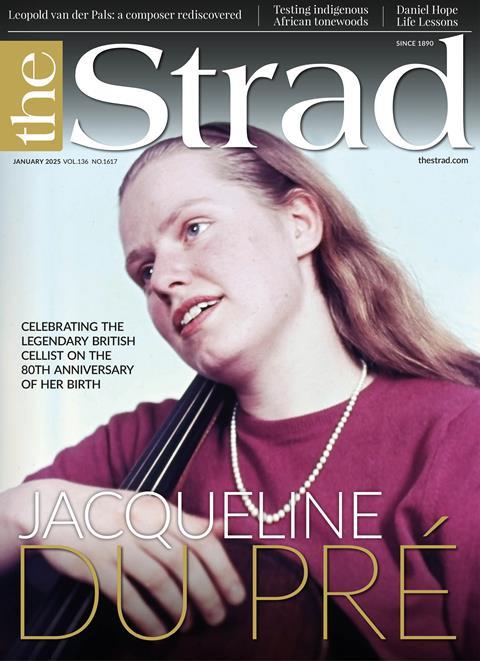
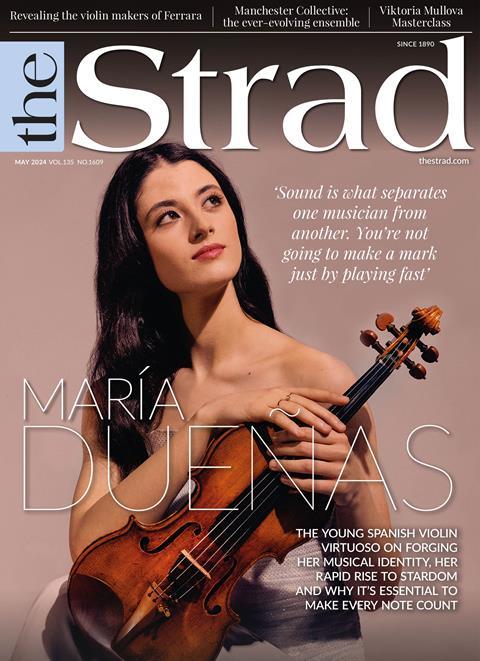
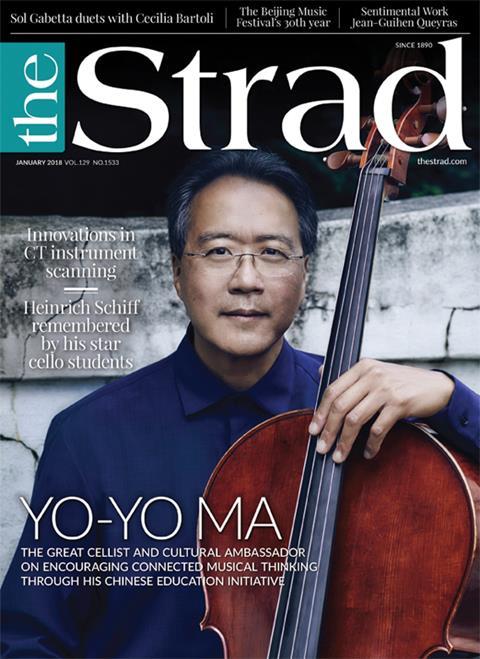












No comments yet